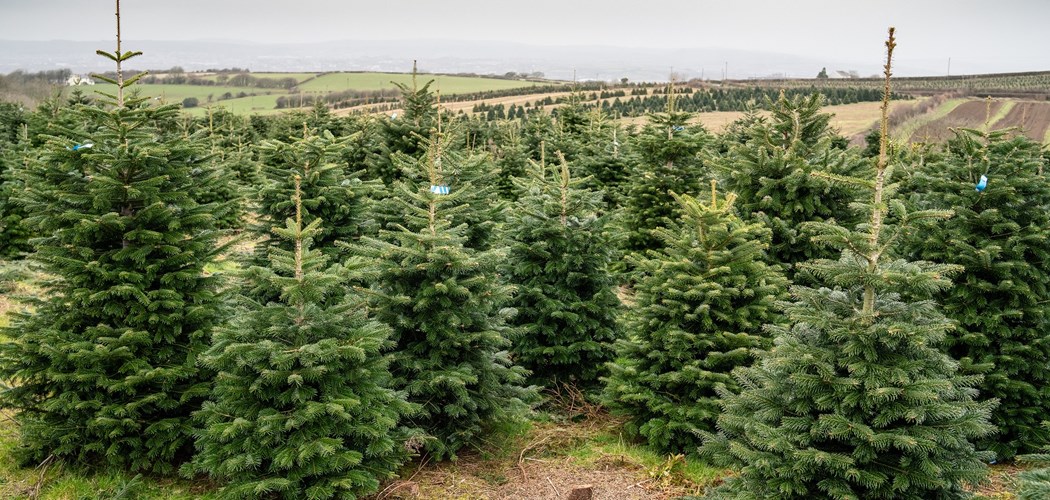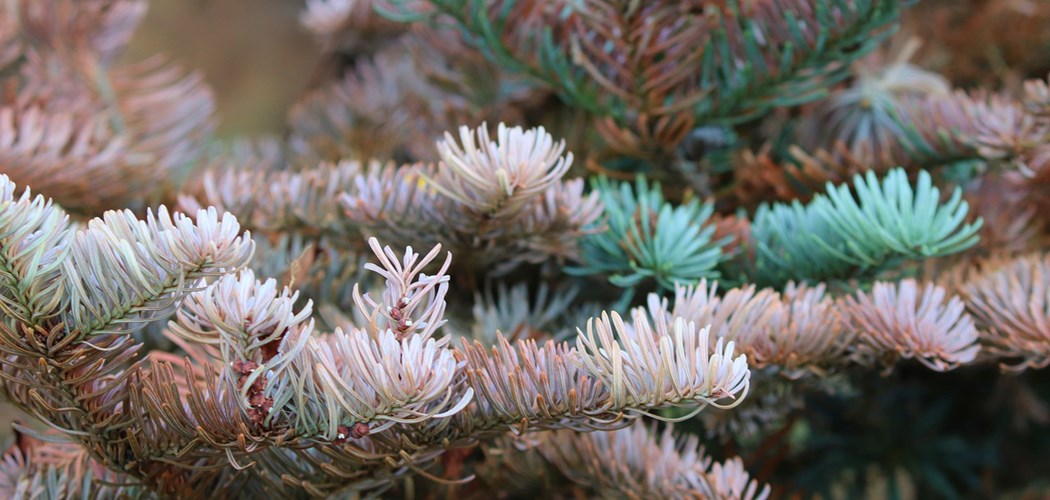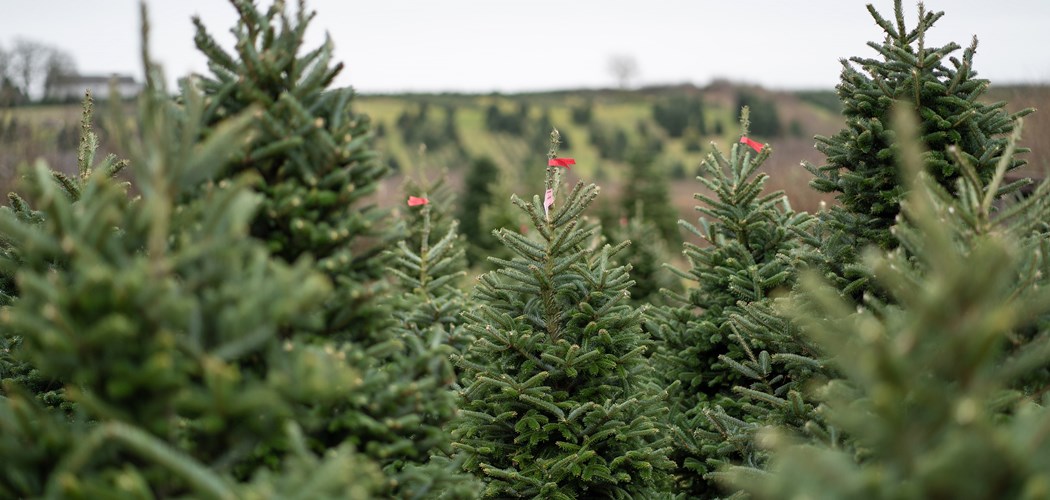Technical Advice Sheet: Christmas Tree Needle Diseases

Download the Toolkit: Christmas Tree Factsheet - English.pdf (1)
A range of similar, but subtly different, foliar diseases can impact Christmas tree plantations.
Careful management of both the crop and growing area can be useful in controlling risk factors. While chemical control options are available these are best used when conditions for infection are right. Awareness of risks, including delays between the infection and onset of symptoms, will help you to identify potential threats to your plantation.
Needle Diseases
Consumers are looking for Christmas trees with uniform branches with thick needle cover that make attractive display pieces. The impact of foliar diseases can be seen over several seasons (impacting both past and current season’s needles) with symptoms progressing from discolouration and necrosis to complete loss leaving bare stems.
While several factors can lead to needle loss, a number of foliar diseases can be a significant cause if left unmanaged. Common foliar diseases and control options are summarised in this technical advice sheet.
Discolouration or loss of needles, even on a limited number of branches, can make a tree unmarketable, labour and management costs to prevent risks to the wider plantation also need to be considered.
Disclaimer
Every effort is made to ensure the accuracy of information and recommendations given in these notes. All applications of crop protection chemicals should be made in accordance with label recommendations, which should be consulted before spraying. Some of the pesticides mentioned in these notes may not be supported by label recommendations for their use on Christmas tree but are permissible via Extension of Authorisation for Minor Use (EAMU) in the UK under ‘The Revised Long Term Arrangements For Extension Of Use (2002)’. In these cases, the use of the pesticide is at the risk of the user and Tyfu Cymru does not accept liability for any loss or damage caused by such use. The references to on-label approvals and EAMUs for use of pesticides in Christmas trees and are correct at the time of writing. These are subject to change and approval may be withdrawn at any point. It is the grower's responsibility to check approvals before use of pesticides. If in doubt a grower should seek advice from a BASIS qualified advisor - this is available free of charge for eligible growers through the Tyfu Cymru program, please contact us to arrange an appointment – email/telephone advice is also available.
Related Pages
Christmas Tree Network Study Visit: Technical Pruning Notes
Timings of pruning can vary between tree types. For Nordmann Fir pruning should be made in spring or summer as sap flow will be sufficient to help the trees recover, whilst Spruce should be cut in the autumn or winter. It is best practice to aim to o…
9/16/2021 2:32:43 PMWebinar: Christmas Trees - Summer Update (Current Disease issues)
In this Session Janet Allen (ADAS) focused on current disease issues in Christmas trees. Particularly looking at current season necrosis, fire weed rust and Rhizosphaera needle cast, alongside some specific weed and pest control issues.
6/18/2021 3:21:40 PMPests and Disease: Threats, Diagnosis and Reporting
It is essential that pests and diseases are identified correctly before they can be controlled efficiently and their spread prevented. In this presentation Dr Ana Perez-Sierra, Head of Tree Health Diagnostic and Advisory Service will describe the pro…
11/26/2020 2:07:16 PMTechnical Advice Sheet: Christmas Tree – July
This fact sheet provides technical advice on managing Christmas Tree crops
8/25/2020 3:41:17 PM


